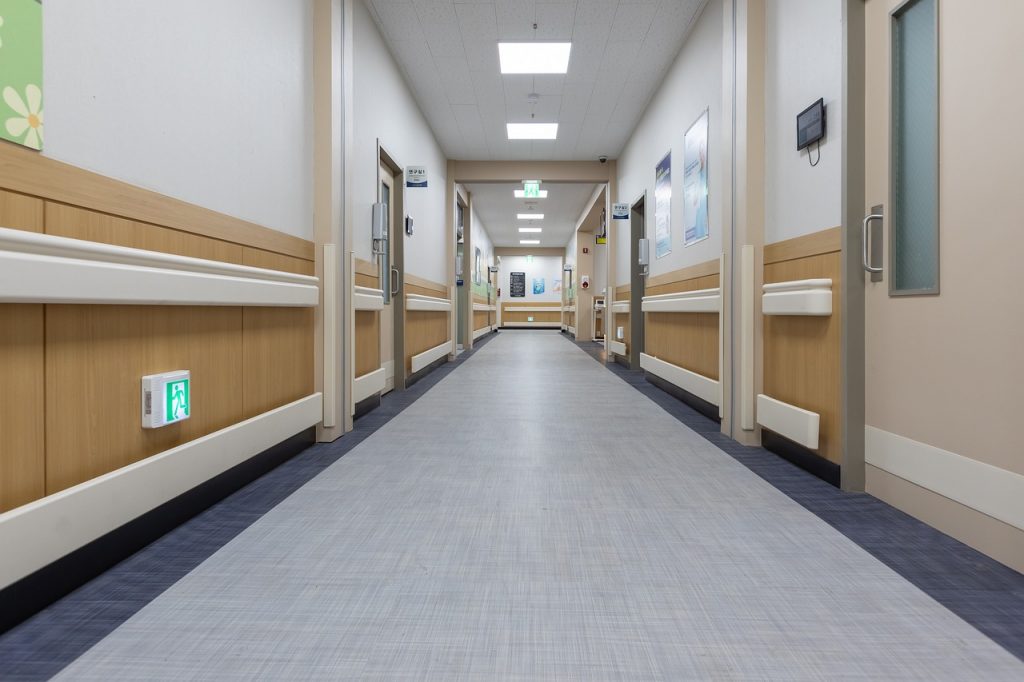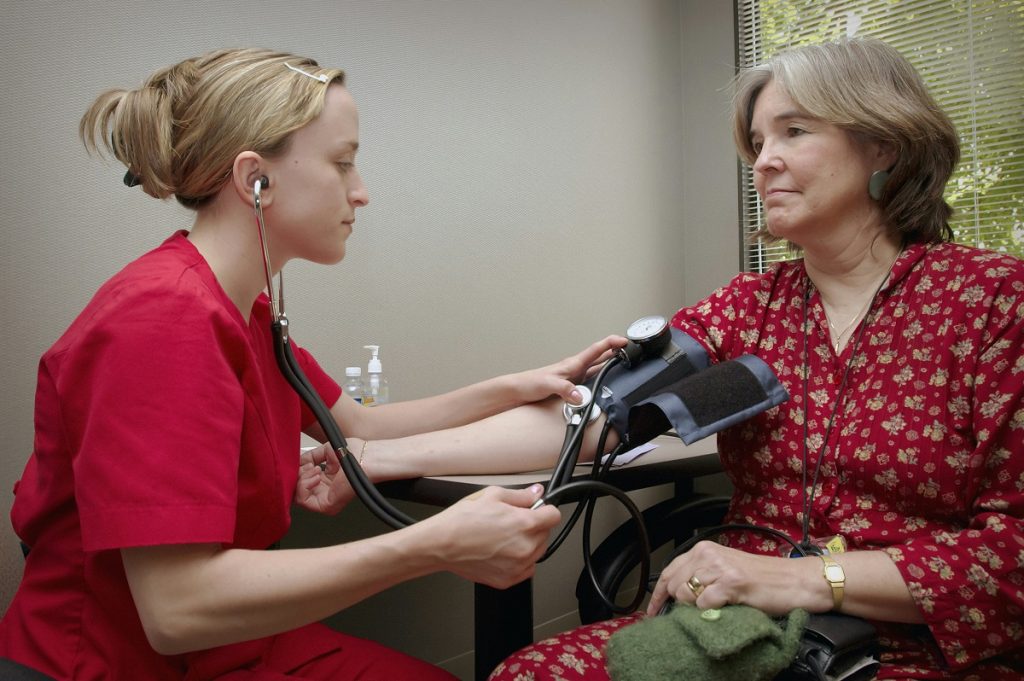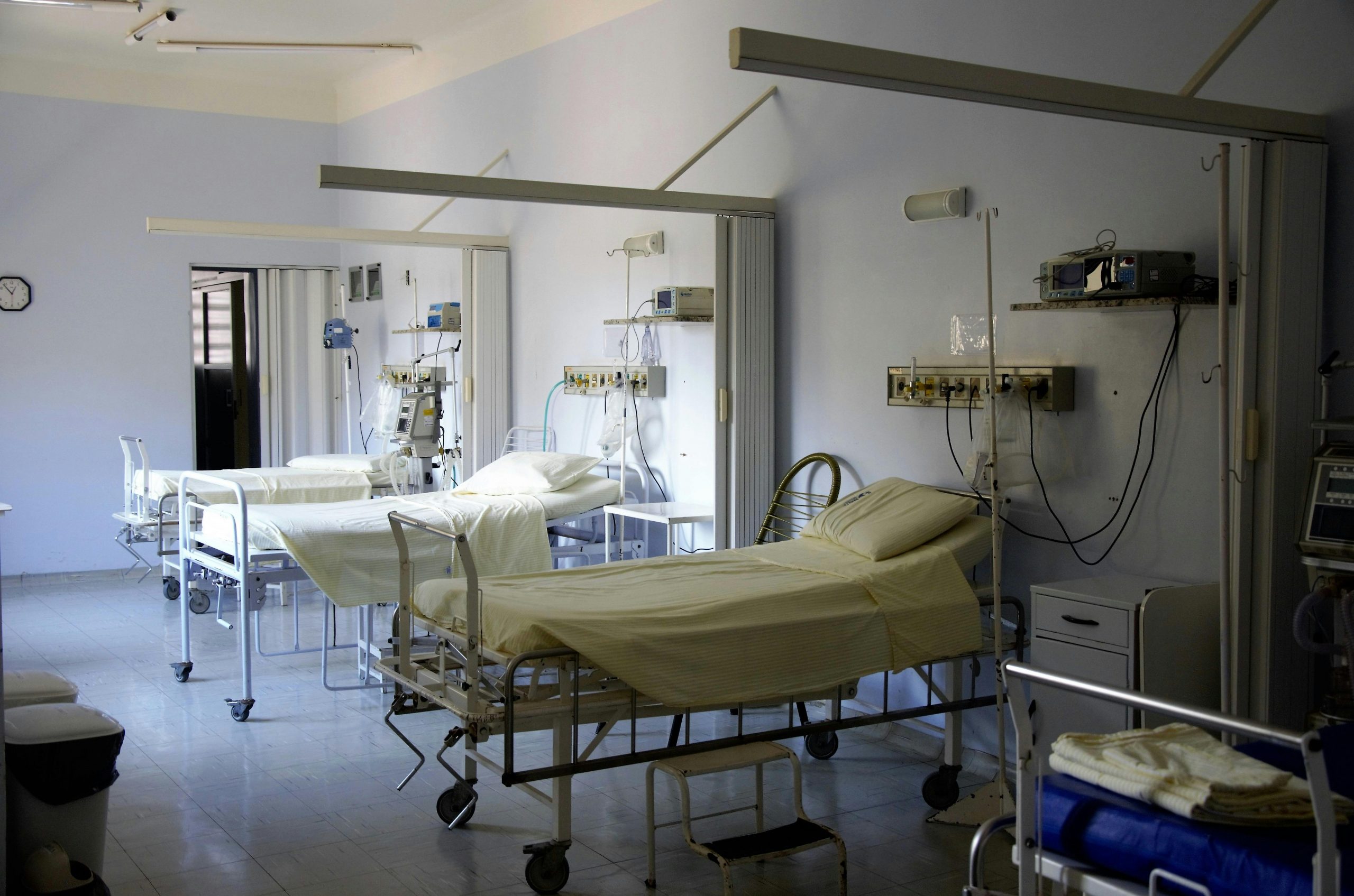
- Ensure all upgrades comply with healthcare regulations, including safety, accessibility, privacy, and environmental health standards to protect patient safety.
- Collaborate with legal experts to meet all legal requirements, avoiding penalties and ensuring a successful upgrade project.
- Implement sustainable practices to enhance environmental stewardship. This will lead to long-term cost savings and improve the facility’s public image.
- Integrate energy-efficient systems, waste reduction, and renewable energy sources to sustainably reduce healthcare facility’s carbon footprint.
- A well-planned upgrade enhances patient outcomes, staff efficiency, and operational effectiveness for long-term success in healthcare facilities.
In the rapidly evolving healthcare field, the physical environment in which care is provided plays a crucial role in patient outcomes and operational efficiency. Upgrading healthcare facilities is not just about aesthetic enhancements; it’s about transforming the care environment to meet the emerging needs of patients and healthcare professionals alike. This comprehensive guide outlines the critical considerations for healthcare facility administrators and professionals contemplating upgrades.
The Importance of Upgrading Healthcare Facilities
Upgrading healthcare facilities is pivotal for several reasons. It ensures that the infrastructure supports the latest medical technologies, enhances patient care, optimizes staff workflow, and efficiently meets the growing healthcare demands. A well-planned upgrade can significantly impact patient satisfaction, staff morale, and the facility’s overall functionality.
Assessing Current Infrastructure
Evaluating Existing Equipment and Facilities
The first step in the upgrade process involves a thorough assessment of the current infrastructure. Identifying the age, condition, and functionality of existing equipment and facilities helps determine what needs replacement, repair, or renovation. This evaluation should focus on critical systems such as HVAC, electrical, plumbing, medical equipment, and technology.
Identifying Areas of Improvement
Beyond the physical equipment, assess how the current design affects patient flow, staff efficiency, and overall safety. Identifying bottlenecks in patient areas, inefficiencies in staff movement, and potential safety hazards are essential in planning meaningful upgrades.
Space Optimization

Efficient Use of Available Space
Redesigning and optimizing space can significantly enhance operational efficiency and patient experience. Consider reconfiguring layouts to improve patient flow, expanding or repurposing underutilized areas, and integrating flexible spaces that adapt to changing needs.
Enhancing Patient Flow and Staff Productivity
Streamlined patient flow reduces wait times and stress, while an efficient workspace allows staff to perform their duties more effectively. Upgrades should aim to create intuitive pathways for patients and design work areas that support staff in delivering care efficiently.
Technological Advancements
Incorporating the Latest Medical Technology
Staying abreast of technological advancements is crucial. Upgrading to the latest medical equipment and integrating digital health technologies can enhance diagnostic accuracy, treatment options, and patient monitoring, leading to better health outcomes.
Training Staff on New Systems and Equipment
Investing in new technology also means investing in staff training. Ensuring that all personnel are proficient in operating new equipment and systems is essential for maximizing the benefits of technological upgrades.
Budgeting and Financial Planning
Allocating Funds for Different Upgrade Areas
Developing a comprehensive budget that covers all aspects of the upgrade is critical. It should include the costs of new equipment, renovations, technology integrations, and staff training.
Exploring Financing Options and Grants
Identify potential financing options to support the upgrade project, including loans, healthcare grants, and fundraising initiatives. Thorough research and strategic planning can help secure the necessary funding without straining the facility’s financial resources.
Prioritizing Investments
Determining Which Upgrades Will Provide the Most Value
Prioritize upgrades that will have the most significant impact on patient care, safety, and operational efficiency. Consider both the immediate benefits and the long-term gains of each investment.
Balancing Immediate Needs with Long-Term Goals
It is vital to strike a balance between addressing urgent needs and planning for future challenges. Upgrades should solve current problems and anticipate future healthcare trends and requirements.
Improving Patient Experience

Enhancing Comfort and Safety in Patient Areas
Patient areas should be welcoming and comfortable, promoting healing and well-being. Upgrades might include improving lighting, ventilation, and privacy and incorporating modern, patient-friendly furniture and fixtures.
Incorporating Patient Feedback into Facility Design
Patient feedback is invaluable in identifying areas for improvement. Engage with patients and their families to understand their needs and preferences, ensuring upgrades enhance their overall experience.
Upgrading Hospital Furniture and Fixtures
Importance of Modern, Functional Furniture
The selection of hospital furniture and fixtures plays a significant role in patient comfort and facility aesthetics. Consider ergonomic designs, easy-to-clean materials, and flexibility in use. Investing in high-quality hospital beds is crucial. Modern beds offer adjustable features, improved safety, and enhanced comfort, significantly impacting patient recovery and satisfaction.
When searching for hospital beds for sale, consider several key factors to ensure the investment enhances patient care and operational efficiency. First, evaluate your facility’s specific needs, including the types of patients and medical conditions treated. This will help determine necessary features like adjustable height, side rails, and specialized mattress support.
Next, prioritize quality and durability. High-quality, robust beds can save on maintenance and replacements. Look for sturdy materials that have been tested for reliability and meet safety standards.
Also, the comfort and ease of use for patients and healthcare staff should be considered. Features like easy-to-clean surfaces, smooth mobility, and intuitive controls impact daily operations and patient satisfaction. Advanced technology, such as integrated monitoring systems or bed alarms, can enhance safety and streamline workflows.
Finally, the warranty and after-sales support from the manufacturer or supplier should be reviewed. A comprehensive warranty and reliable customer support ensure issues are promptly addressed, minimizing downtime and disruptions. Conduct thorough research, read reviews, and consult industry experts to make an informed decision.
Regulatory Compliance
Understanding Healthcare Regulations and Standards
Ensure that all upgrades comply with local and national healthcare regulations and standards. This includes accessibility, safety, privacy, and environmental health requirements.
Ensuring All Upgrades Comply with Relevant Laws
Work closely with legal and regulatory experts to ensure that the upgrade project meets all legal requirements, avoids potential penalties, and ensures patient safety.
Environmental Considerations
Implementing Eco-friendly Practices and Materials
Incorporating sustainable practices and materials in upgrades demonstrates a commitment to environmental stewardship. It can also lead to long-term cost savings and improve the facility’s public image.
Reducing the Facility’s Carbon Footprint
Consider energy-efficient systems, waste reduction initiatives, and renewable energy sources to minimize the environmental impact of healthcare operations.
Conclusion
Upgrading a healthcare facility is a significant undertaking that requires careful planning, strategic investment, and a clear vision. By considering the aspects outlined in this guide, healthcare professionals and facility administrators can ensure that their upgrade projects enhance the quality of care and position their facilities for future success. The long-term benefits of a well-planned upgrade—improved patient outcomes, enhanced staff efficiency, and increased operational effectiveness—cannot be overstated.



